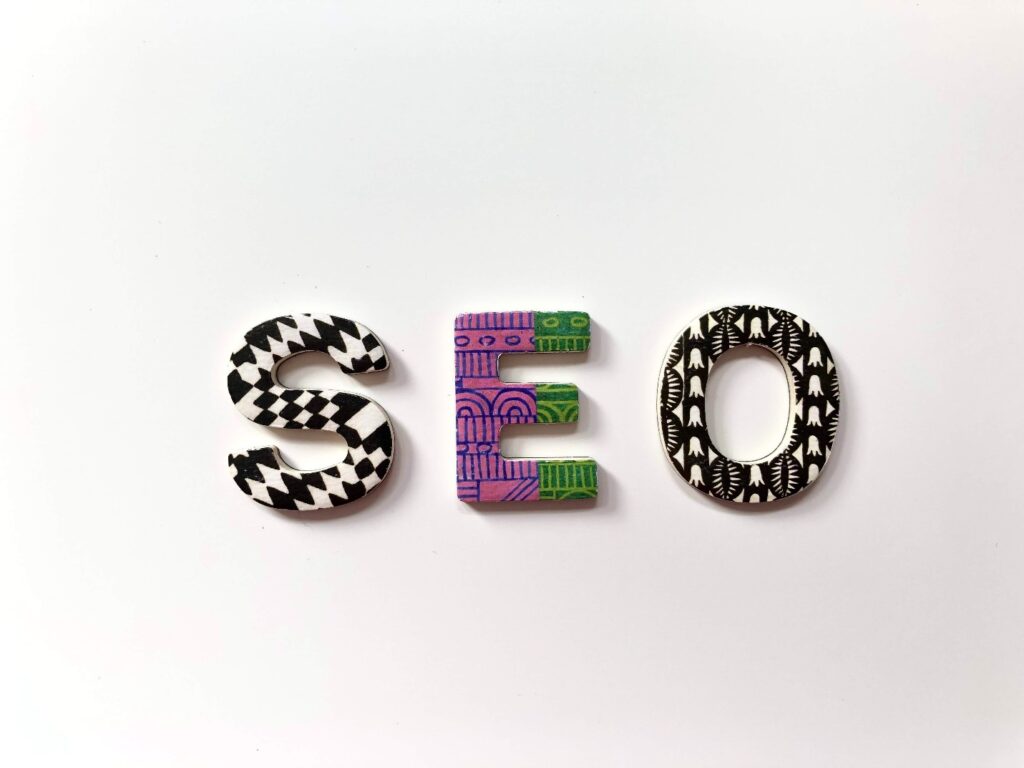Blogging is a powerful tool for businesses and individuals alike, but simply writing and publishing a blog post is not enough to attract readers and drive traffic to your website. To truly succeed as a blogger, you need to master the art of SEO techniques. In this article, we’ll explore advanced techniques for creating SEO-friendly blog posts to help your content stand out and reach a wider audience.
Conduct Keyword Research
Effective keyword research is the foundation of any successful SEO campaign. When you know what people are searching for, you can tailor your blog content to meet their needs and attract more traffic. Use tools like Google Keyword Planner, SEMrush, or Ahrefs to identify relevant keywords and phrases related to your blog topic.
Once you have a list of potential keywords, you must prioritize them based on their search volume and competition level. Choose keywords with a high search volume but low competition, as these are the ones most likely to bring you traffic.
Optimize Your Content
Once you have identified your target keywords, you must optimize your blog content to ensure it ranks well in search engine results pages (SERPs). This involves incorporating your keywords into your blog post in a natural and relevant way. You should aim to include your primary keyword in your blog title, URL, and meta description and throughout the body of your content.
However, be careful not to overuse your keywords, as this can result in keyword stuffing, a black hat SEO technique that can lead to penalties from search engines. Instead, focus on creating high-quality content that provides value to your readers and naturally incorporates your keywords.
Use Header Tags
Header tags (H1, H2, H3, etc.) are important for user experience and SEO. They help break up your content into manageable sections, making it easier for readers to scan and digest your blog post. Additionally, header tags provide search engines with important information about your content’s structure and the keywords’ relevance.
When using header tags, include your primary keyword in the H1 tag, as this is the most important header tag for SEO. Use H2 and H3 tags for subheadings and to organize your content into sections. This will improve your SEO and make your blog post more readable and engaging for your audience.
Optimize Your Images
Images can greatly enhance the visual appeal of your blog post, but they can also slow down your website and hurt your SEO if they are not optimized properly. To ensure that your images are SEO-friendly, you should:
- Use descriptive file names and alt tags that include your target keywords
- Compress your images to reduce their file size and improve page load times
- Use responsive images that are optimized for different screen sizes
By optimizing your images, you can not only improve your SEO but also enhance the user experience of your blog post.
Build Backlinks
Backlinks are one of the most important factors in SEO. They signal to search engines that other websites consider your content valuable and relevant, which can help improve your rankings. To build backlinks to your blog post, you should:
- Reach out to other bloggers and website owners in your niche and ask them to link to your content
- Guest post on other websites and include a link back to your blog post
- Share your blog post on social media and encourage others to link to it
Building high-quality backlinks can improve your SEO and drive more traffic to your blog post.
Are you ready to take your blogging game to the next level? Let me, Makarand Utpat, help you master advanced SEO techniques and create search-friendly content that stands out in today’s crowded digital landscape. With my guidance, you can accelerate your business, attract more perfect-fit customers, and unleash your full potential. Schedule a complimentary call with me now and discover how you can create a winning business playbook in the next 30 days. Let’s elevate your blogging strategy and achieve the success you deserve!


